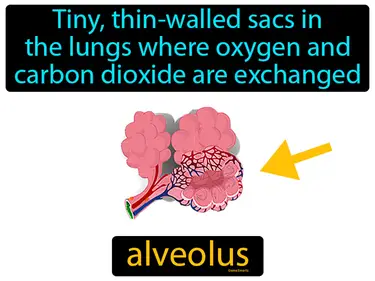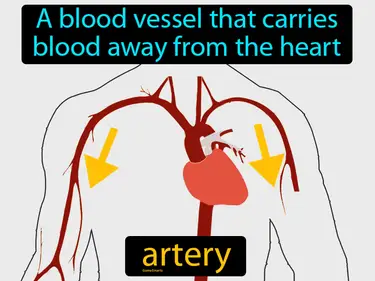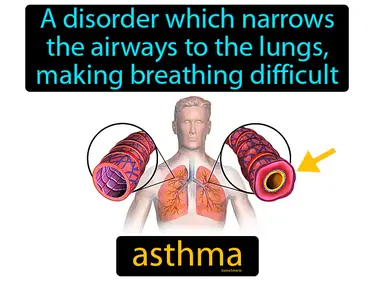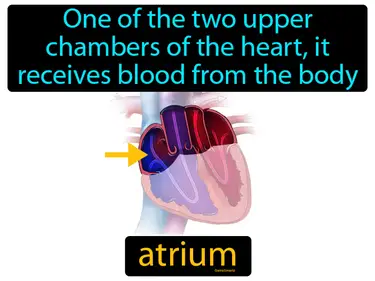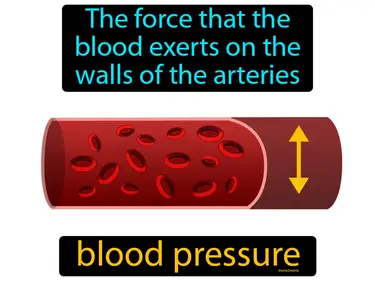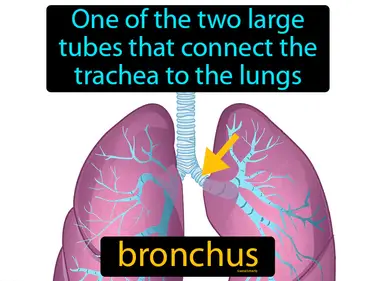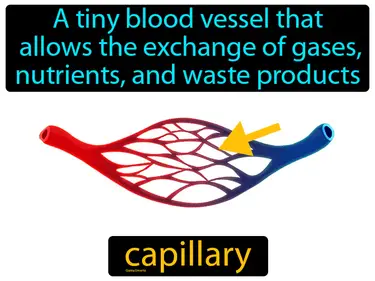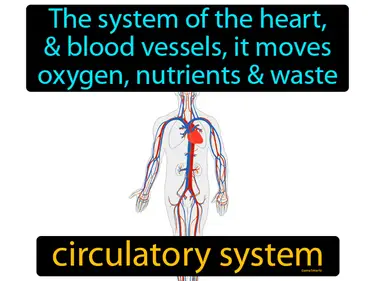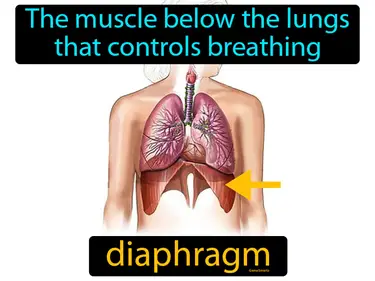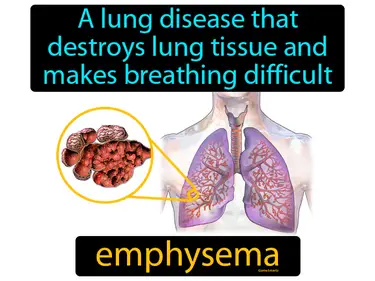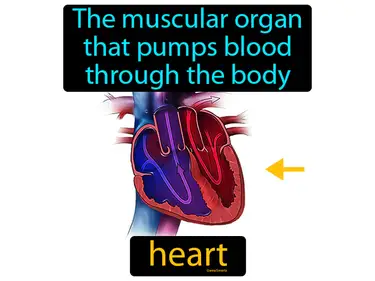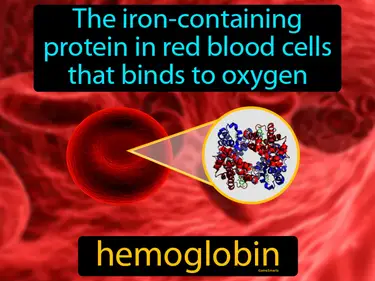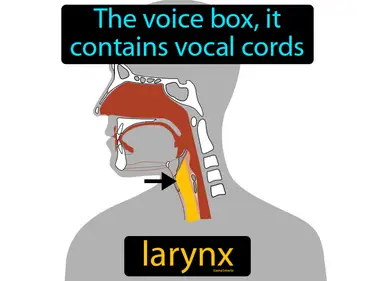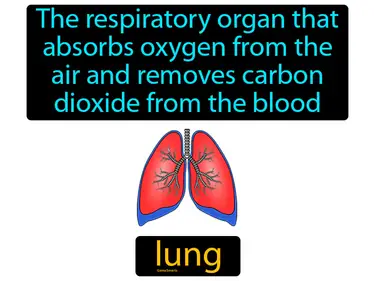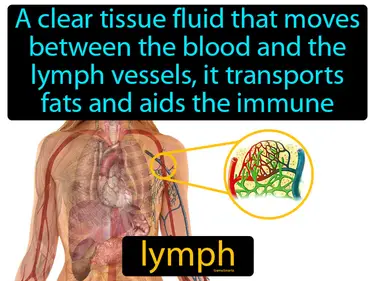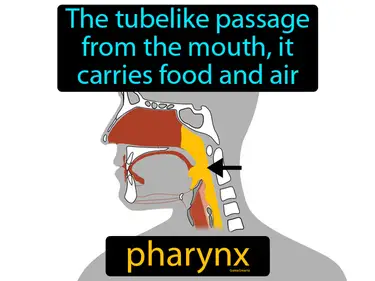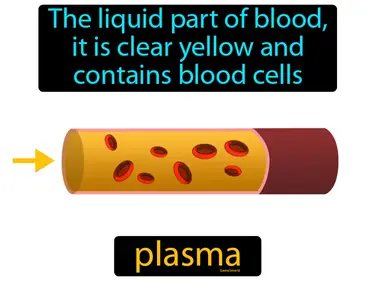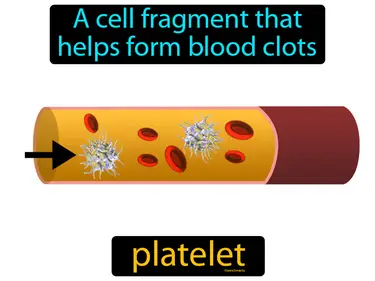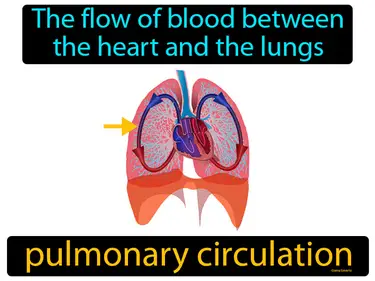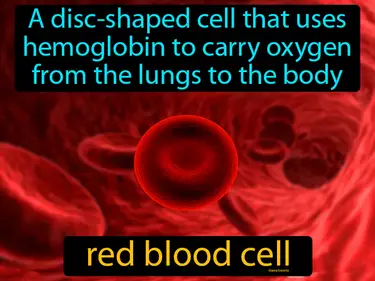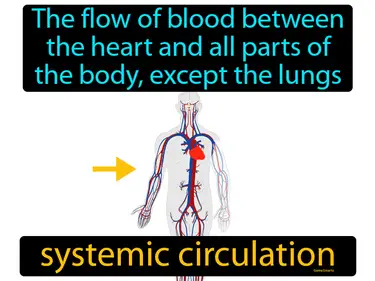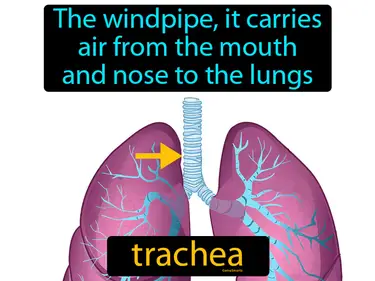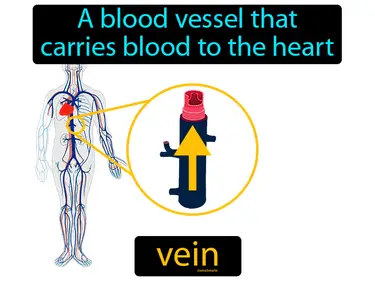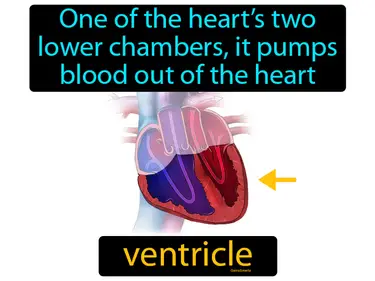Circulatory and Respiratory System
Science
atherosclerosis
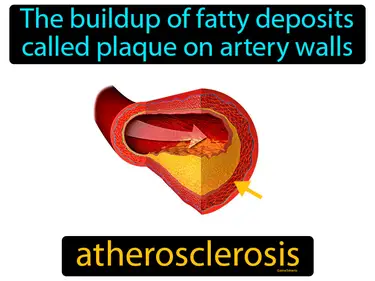
The buildup of fatty deposits called plaque on artery walls. Atherosclerosis. It's a condition where arteries become narrowed and hardened due to the accumulation of plaque, reducing blood flow.
lymphocyte
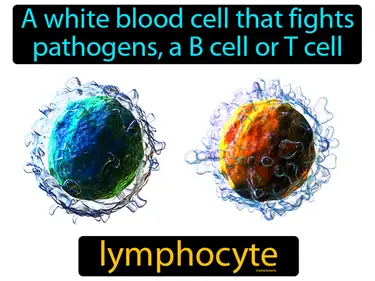
A white blood cell that fights pathogens, a B cell or T cell. Lymphocyte. Lymphocytes are immune cells that help protect the body from infections.
pacemaker
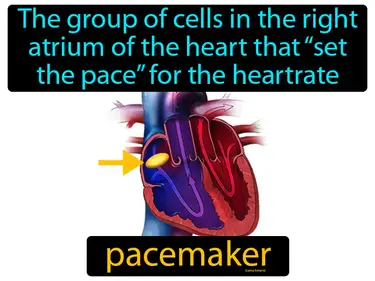
The group of cells in the right atrium of the heart that set the pace for the heart rate, the sinoatrial node. Pacemaker. A pacemaker is a small device that helps regulate the heartbeat by sending electrical signals to the heart.
valve
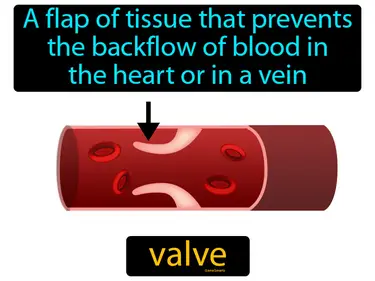
A flap of tissue that prevents the backflow of blood in the heart or in a vein. A valve is a structure in the body that ensures blood flows in the right direction.
white blood cell
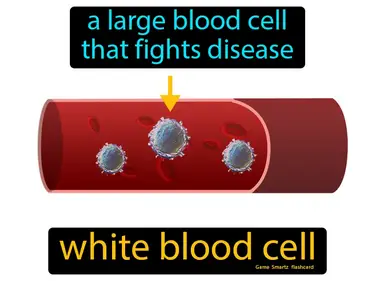
A large blood cell that fights disease. White blood cell. White blood cells are immune system cells that help protect the body against infections and disease.
